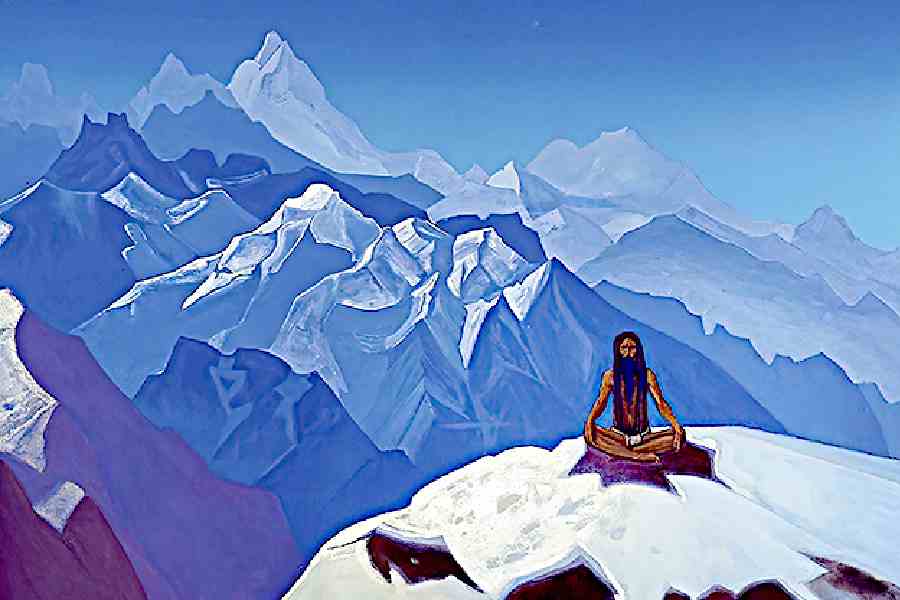Book: Mystics and Sceptics: In Search of Himalayan Masters
Edited by: Namita Gokhale,
Publisher: HarperCollins
Price: ₹699
The towering Himalayas are not only noted for their scenic splendour but also their sense of spiritualism. The sacred geography of this mountain realm is dotted with religious relics and pilgrimage sites that are woven into the numerous myths and histories of the Indian subcontinent. Over centuries, it has allured ascetics and yogis, who have retreated into its wilderness to meditate, as well as common folk in search of penance and peace. Namita Gokhale's edited volume collates various anecdotes of such swamis, sadhus, and lamas who have come to personify the landscape’s divinity. Some of the tales are of a deeply personal nature, some are experiential or records of practised traditions, while others are more factual. Together, they recount how the Himalayas have shaped such monks and gurus and informed their ethos and practices, which, in turn, has imbued this landscape with its aura of spiritualism and mystery.
The accounts, written by travellers, academics and artists, are varied and often based on their own experiences. Swami Rama recounts his trek through the Valley of Flowers with humour, recalling the mind-numbing effect of the fragrant flowers. The other entries chronicle the Himalayan journeys of Guru Nanak, the battles of Guru Gobind Singh at Paonta Sahib and the nuances of Swami Vivekananda's travels across Almora and Amarnath.
The Buddhist cultural realm's eminence across the Himalayas is evident in the brief biographies of the Great Yogi Milarepa, Yeshe Tsogyal, the pre-eminent female figure of Tibetan Buddhism, and Khandro Tare Lhamo, her modern emanation who suffered extensively during the Chinese annexation of Tibet. The entries on Tibetan Trance Runners, said to cover incredible distances in rapid time, are fascinating. The conversation of the Fourteenth Dalai Lama with Rajiv Mehrotra on reincarnation and karma has an aptly timeless feel.
Anecdotes on sages who have mentored the writers comprise several entries. Gokhale's interactions with Neem Karoli Baba and their spiritual import are evident. Various aspects of Siddha culture are elucidated, foremost being the dhuni or sacred fire-pits that are worshipped in homes and temples across Uttarakhand. Similarly, Alka Pande narrates the formation of shakti peethas in the Himalayas, noting her personal resonance with the Naina Devi, Jwalamukhi and Kamakhya temples. Interleaved with these accounts are interactions with the revered Laal Baba in Tapovan, a tale of sadhus capturing kidnappers at Gangotri, and the legend of U Thlen, the snake vampire of the Khasi Hills, along with the diviners who cure its victims. The personification of geohazards in Sikkim as the wrath of the goddess, Palden Lhamo, reflects the deep enmeshment of physical and spiritual perceptions in such landscapes that are crucial for their ecological management.
Gokhale contends that examining such accounts and their protagonists with a healthy dose of scepticism is the true foundation of faith since blind belief makes one vulnerable to charlatans. While some of the narratives may seem fantastical, their lucidity and evocativeness cannot help but instil a sense of realism. In essence, this book tests one's willingness to accept or disprove what is written, thereby kindling a journey of self-discovery and learning in the footsteps of the masters who have traversed the Himalayas.










